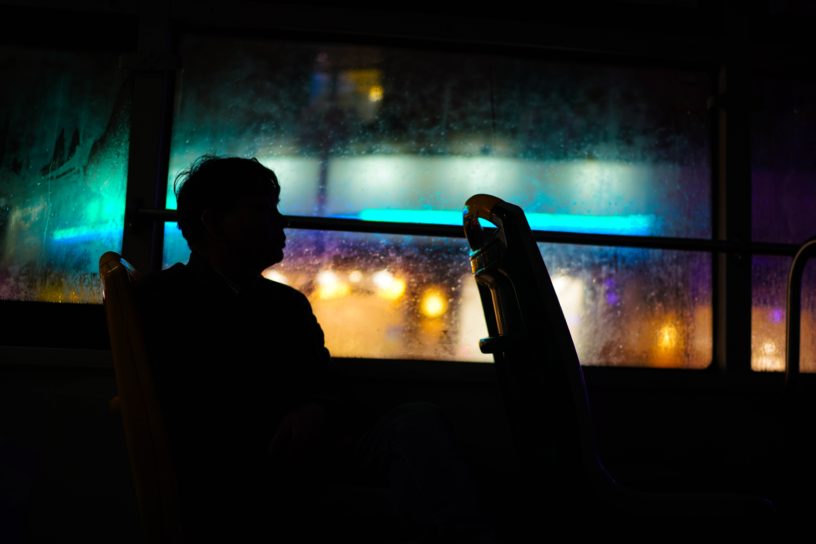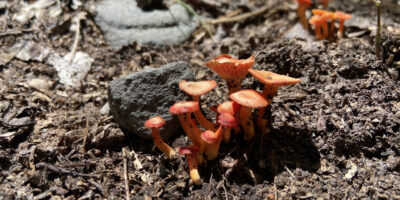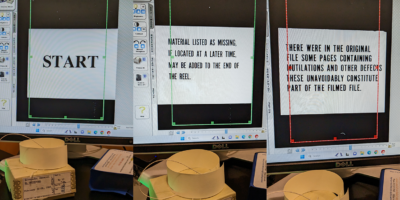by Asilia Franklin-Phipps
On Tuesday nights I teach a course called Cultural, Historical, and Philosophical Foundations in Education at Brooklyn College. I have taught similar courses in Oregon for many years. These courses are in the Education department and focus on the sociocultural and historical contexts of education. We talk about things like housing, funding, teaching lives, teacher activism, student lives, education policies—anything that impacts schooling and education more broadly. Of the 25 people taking the course, many are very young, right out of high school, but not all of them. Most went to K-12 in nearby neighborhood schools and grew up in the area. Two of them went to elementary school together. They are Black, South Asian, White, Latinx, and East Asian. Although the course is in the evening, they are generally energetic, engaged, and game for whatever experimental thing I suggest that we try. I am energized by their unabashed enthusiasm for learning. I am struck by their generosity to each other, but also toward me, their intellectual curiosity, and the insight that they have on a range of topics.
In my previous teaching in Education Foundations, my job was often helping students (mostly white middle-class women) to become more aware of the hurt that so many young people experience in schools because of who they are, where they come from, or how they are perceived. This work required me to help students become attuned and sensitive to spaces, and how bodies differently experience those spaces, especially in schools—the same spaces that they might find empowering or at the very least neutral, where for others they are sites of trauma. This is an important acknowledgment for any empathetic and thoughtful person, but for future teachers there is additional motivation for developing this kind of attunement or sensitivity.
At Brooklyn College, the work is very different. My students are much more aware that spaces that are considered neutral or safe are often not so for them or for people with whom they are close. They do not need to learn about unfairness, because it is always all around them. When I bring up stories in the news, mass incarceration, Kalief Browder, Sandra Bland, Stop-and-Frisk policies, gentrification, and school resegregation, the viciousness of late-stage capitalism, they already know. They know about these stories, but they also have some ideas about why these things happen the way that they do. I do not mean to suggest that these things are touching all of their lives in the same way, but I do assert that this closeness to these issues is an opportunity to do a very different kind of work in classrooms. An important difference between Oregon and Brooklyn is distance. In Brooklyn, we are physically close to one another and therefore can be much closer to each other’s pain, if/when we are willing to look. Oregon is wide-open, expansive, and seemingly far away from the social issues so visible in places like New York City.
In our last class, a young woman spoke about the kinds of things boys say to girls and other people that do not conform to gender norms in sports spaces after an aspiring male P.E. teacher in the class said that girls don’t like sports. After he spoke, a chorus of displeasure erupted from others in the class. The anger was not directed at him personally, but reflected an exasperation with the comment that is not unfamiliar, but does not account for the context. I asked him why he thinks that many girls and other young people who do not fit gender norms do not like or feel safe in P.E. or other spaces characterized by competition and physical ability. In the discussion a young woman did not say “I” but spoke about how girls are sexually harassed in P.E. and how comments made about their athletic performance and their bodies are discouraging. She asked the people who identified as men in the room to consider what it feels like to try to play sports and hear comments that cleave being weak, bad at sports and uncompetitive with being feminine. She asked them to imagine what that feels like and think about the context of many girls not feeling good about their P.E. classes.
As she spoke, a group of young men began talking amongst themselves. I asked them to please listen to what she was saying and that by ignoring her, they were doing the exact thing she was talking about. It was a tense moment, but one with immense learning implications. In that moment, she asked them to be with her hurt, then I asked them again. Together, we asked them to take on her hurt and potentially be changed by it. At the same time, we named the hurt that is likely very familiar to many people in the room—not just those who identify as women. It is a hurt that is felt differently across bodies, but it is one that we must learn to live with without becoming undone. Her hurt cannot be contained or resolved because it is ongoing and will likely always be. This was recognizable to her colleagues, because it is the kind of hurt that comes from being the wrong kind of person, which predicts a kind of disposability that characterizes so many of our lives. Teaching and learning with this hurt does not feel like a choice to me because it is always already there and we all need to learn how to better be with that hurt.
Asking students to be with hurt in the classroom is something that I am comfortable doing because it is what I try to do as an instructor. When I implored the group of young men to be with the pain of someone else, they received this ask graciously. They did so because they know that I recieve their pain and try to be with it as best as I can. I connect the pain that students share—through discussion, silence, and writing—with my own pain. And we continue to add to our own pain by inviting the pain of others through poetry, film, short stories, and art. We sit with pain in the space of a classroom trying to figure out what that pain makes possible and when it might be better to try to release ourselves from such pain in order to rest, reflect, and create. In this way, our capacities for engaging the pain of others grows, becoming potentially powerful.
After reading several articles about mass incarceration and the School-to-Prison Pipeline, a young Black man asked if I got mad reading about these kinds of things. I said yes, of course. I also said that it does not only make me mad because better knowing how the world is organized and structured around affirming some lives at the expense of others, helps me understand myself—both historically and presently. Further, it is a counter to the story that some of us, because of our race, gender, orientation, class, country of origin, etc. are just not able to figure out how to live. Learning how things like racism, sexism, islamophobia, homophobia, queerphobia, classism and ableism produce particular kinds of pain that are connected to the joy that many of us feel is important to living ethically. The pain of others is not distant at all, but right here, and has always been—it is a matter of seeing/sensing/feeling such pain. This might not feel “good” at first, but it begins to feel better over time. Further, we can build out tolerance for such feeling. And even if it feels bad, it is unethical to avoid this bad feeling and thus avoiding knowing the worlds of others that are connected to our own worlds. This is a difficult, but essential process that encourages accountability and attunement with those around us.
Many of us are committed to classroom practices that move toward justice. Some of us desire or hope to resist injustice and others of us are positioned bodily against the flow of injustice. Put another way, some of our very bodies resist injustice by continuing to exist. This is good for education, but I want to think more about what is required from those of us doing such work—work that is barely acknowledged, much less compensated or seen as legitimate and essential. Further, what does it mean to take seriously such work and imagine educational spaces that benefit from greater attunement to the pain of others, while also becoming sensitive to the needs of those engaged in such work?
Teaching students about oppression, while experiencing the very same oppression, can be overwhelming and exhausting, and may cause premature death. Further, it is much more likely that those who are committed and dedicated to doing such work are also experiencing the very oppression that they are teaching about. This kind of work can be described as “taking on” the pain of others in order to articulate a space where the pain that is often obscured and ignored is more visible to young people who may have previously had little reason to see. This, for many students, is transformative. So much of the injustice in the world comes from our refusal to be with pain that is not our own.
Taking on the pain of others reminds us of our own pain, and requires thoughtful attention. For students (and me), this means reading widely, seeking voices that are often silenced, and being with those experiences and perspectives that might require changes in life, goals, and communities. This is an ethical approach to teaching and learning because it is connected to the world as-is, but also helps us imagine and act in the the world as it could become. I would argue that this kind of work, although difficult, unrecognized, and unvalued by institutions, might be some of the most important work that instructors do. This is the kind of instructional practice that changes the world.










Leave a Reply